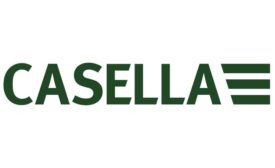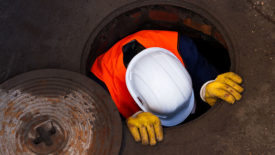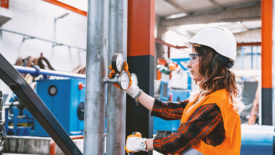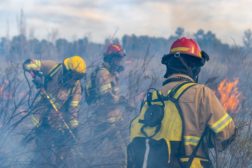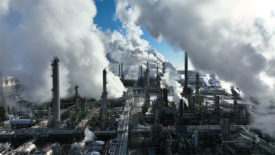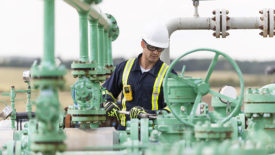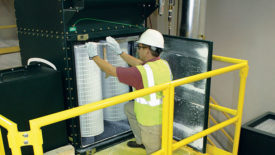Home » air quality
Articles Tagged with ''air quality''
Don’t let safety slip through the cracks
Leak detection and repair crucial maintenance practices
February 10, 2023
Control air pollution in the workplace
The importance of pollutant capturing when utilizing fume extraction technology
March 25, 2022
Get our new eMagazine delivered to your inbox every month.
Stay in the know on the latest safety trends.
SUBSCRIBE TODAYCopyright ©2024. All Rights Reserved BNP Media.
Design, CMS, Hosting & Web Development :: ePublishing
